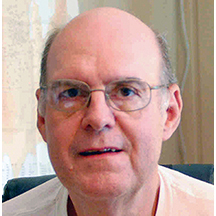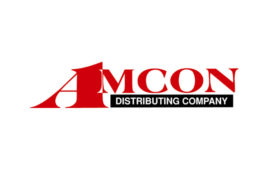 A store’s location, customer demographics and product mix play a big role in potential profits, but sometimes it’s the small business details that mean the most.
A store’s location, customer demographics and product mix play a big role in potential profits, but sometimes it’s the small business details that mean the most.
By Bill Scott
A few years ago, while counting items in one of our client’s stores, I noticed what appeared to be an out-of-balance situation involving Ben & Jerry’s New York Super Fudge Chunk and Cherry Garcia ice creams. I looked through the data and here’s what I discovered:
Calculations revealed that the store sold an average of 7.3526 pints of Super Fudge Chunk daily, leaving 22 pints in the freezer. Odds said that the store would run out before its next delivery. The same store sold 0.2666 pints of Cherry Garcia per day, leaving 35 pints in the freezer—enough to last for 131 days.
If the supplier had swapped 121 days of Cherry Garcia for five days of Super Fudge Chunk, he would have delivered the same number of pints, but the store would most likely have sold more pints in all, resulting in higher profits. Here’s the shocker: In a store, located a mere two miles away, the results were reversed.
I’ve told this story many times in my books and at various seminars where I have been invited to speak. The amount of money being lost in the c-store industry because of little things like this will someday be legendary.
The average sales transaction in convenience stores is composed of less than two items. The industry is dependent upon the volume of transactions, with profits measured in pennies. Total dollars sold is a good indicator of how a store is doing, but useless in determining what the store might be doing wrong, and even more useless in determining how the store could do better.
One of my customers sells prepared pizza by the truckload, yet a store located several miles away sells more fried chicken. Do you know why? The store that sells more pizza is located half a mile from a chicken processing plant. We know that people who spend all day processing chickens don’t often want chicken for lunch.
GEOGRAPHY MATTERS
I study convenience stores like a fingerprint analyst studies a fingerprint. No two stores are alike, and geography plays a large part in that. The wider the area of your combined operation, the more difficult it becomes to run each store at its maximum profit. I have yet to find two stores in different geographical locations that have identical sales.
Studying the performance of items over a range of stores is one way to find out how individual items are performing. It’s when you study the relationship between two or more items that it really gets interesting.
For example, my team recently found that within a particular group of stores, a certain regional potato chip drove the sales of Coke. However, when we examined the performance of the two products over a wider geographical area, the results varied.
It never ceases to amaze me why retailers who deal in pennies find managing items instead of categories to be too much work. We know that 30% of items in categories are producing almost all of the profits, and it varies by territory and product mixes across categories (i.e. chips and drinks). Could that be the reason why widening territories creates problems? I think it is.
When looking at sales from a store in Florida and comparing it to sales in a store in California, it’s easy to expect a sizable variance in the data, but it doesn’t happen all at once. As we spread out from the center of a store’s geographical market, we should see a gradual change occurring that makes better sense.
Of course, some products may fall off completely due to surpassing the geographical reach of a supplier that carries them. This could be an advantage, if you can convince your supplier to pick up the line.
My dream is to someday have enough data to recognize these anomalies, and by doing so, improve the profitability of the industry as a whole. This is a great challenge, but one that could lead to an environment of ‘competitive cooperation’ in which every retailer would benefit.
Bill Scott is the president of StoreReport LLC. He is an author, speaker, cloud service provider and consultant to the c-store industry since 1978. He can be reached at [email protected].




